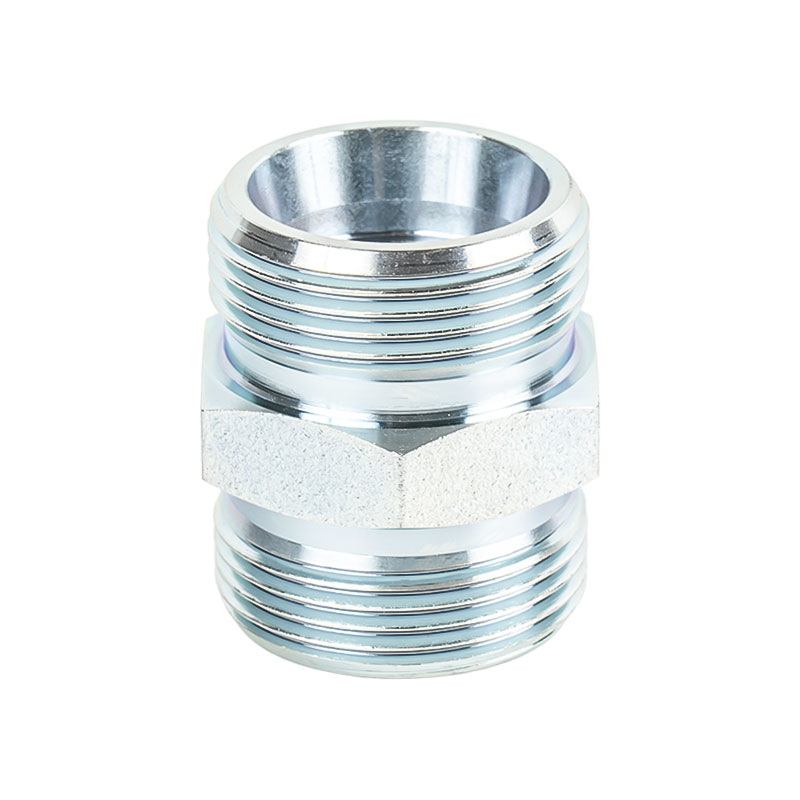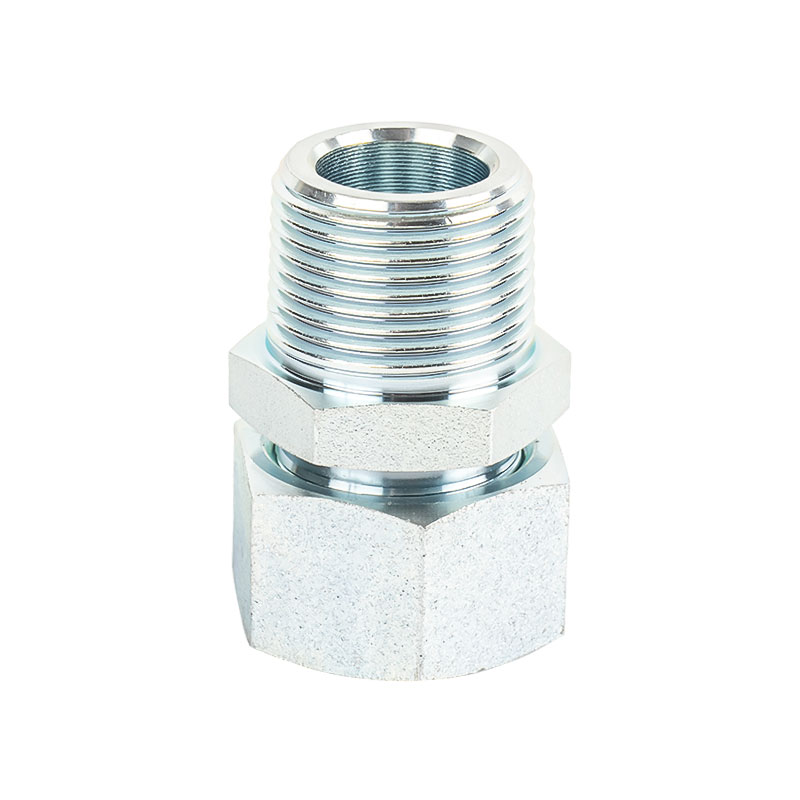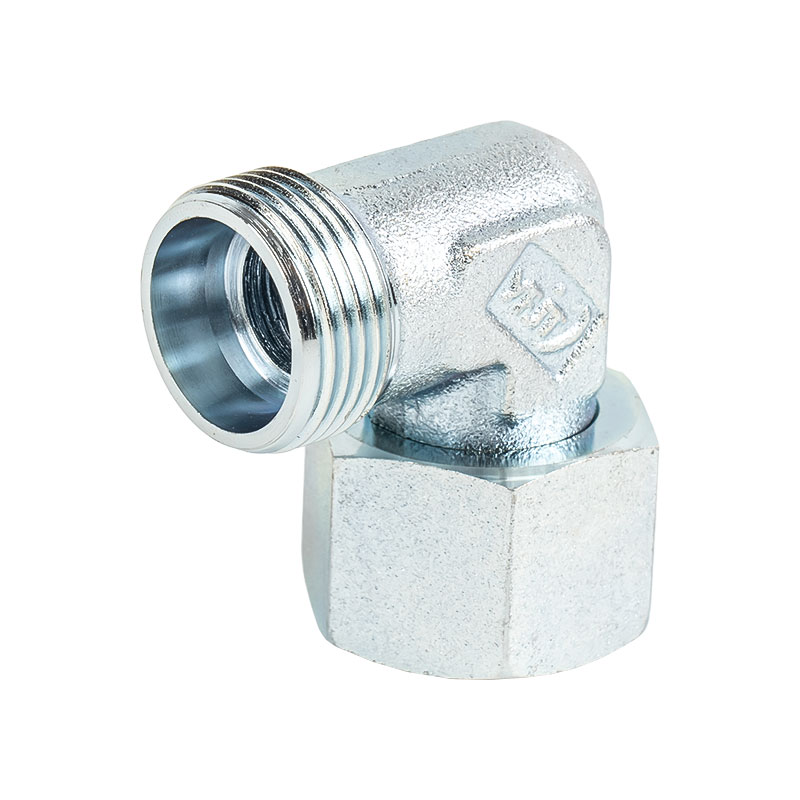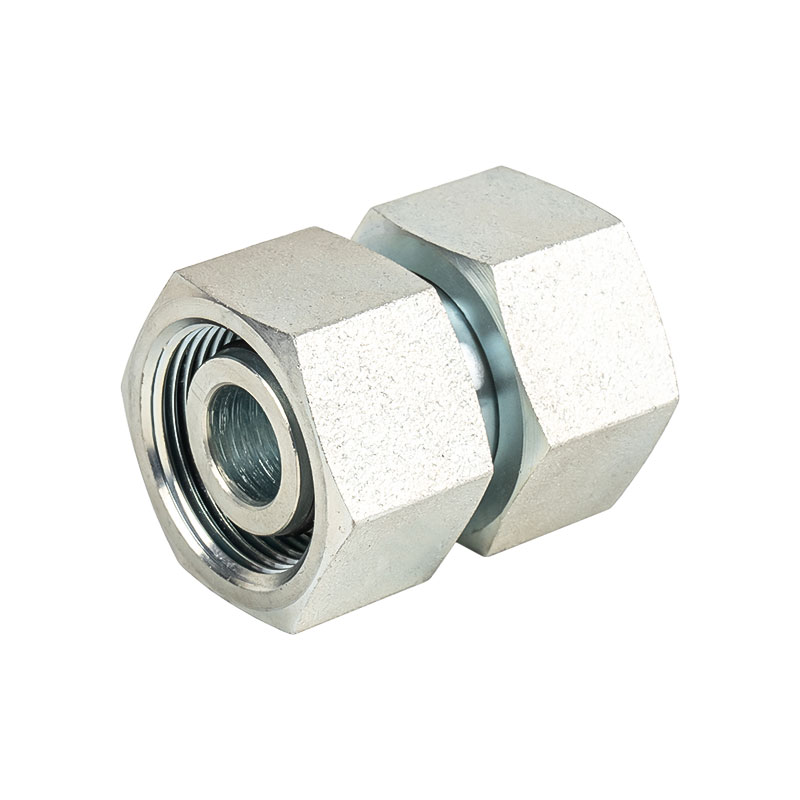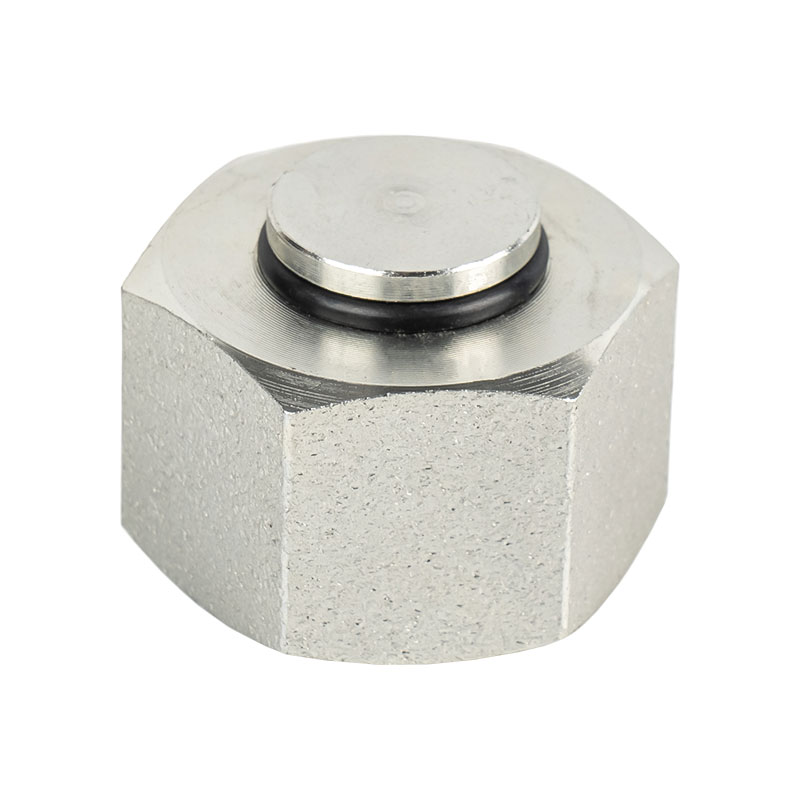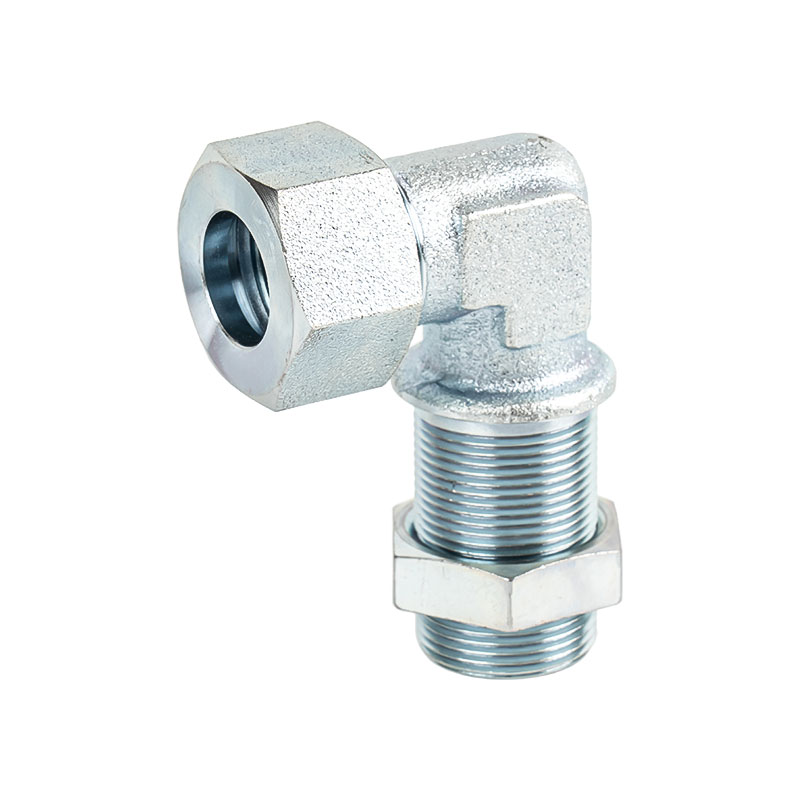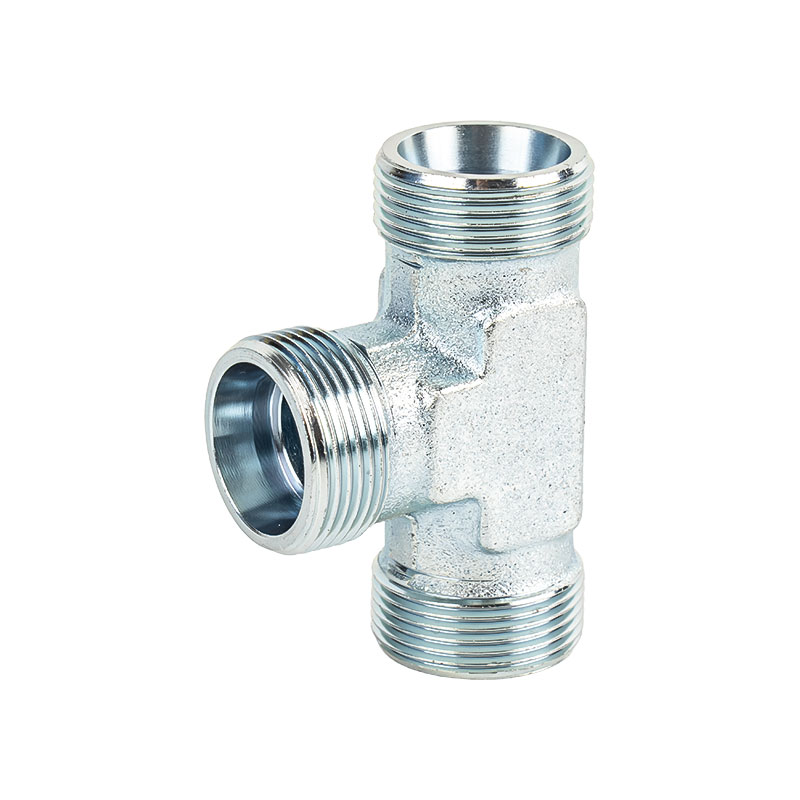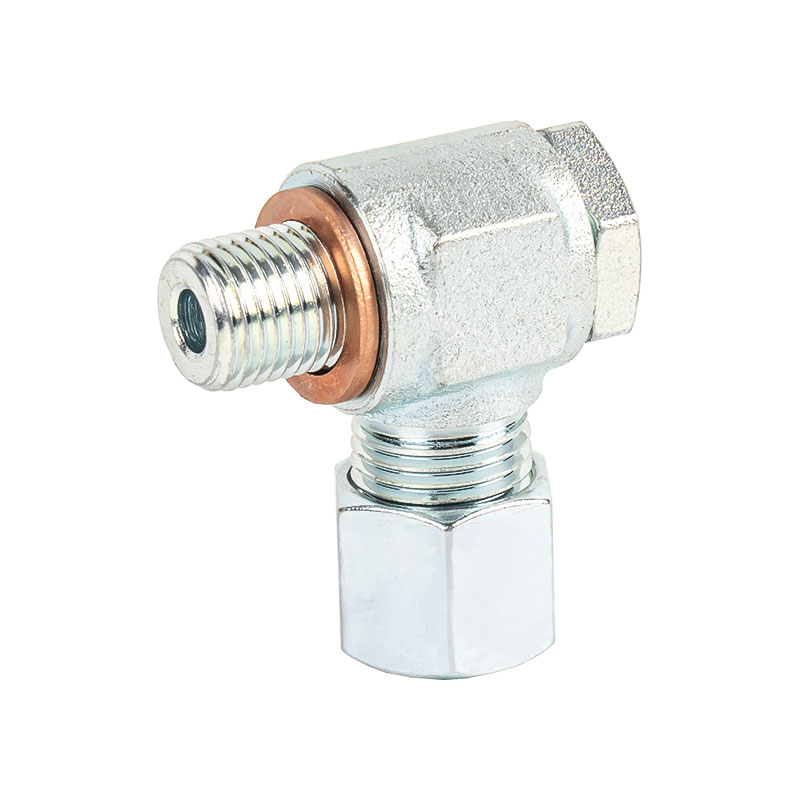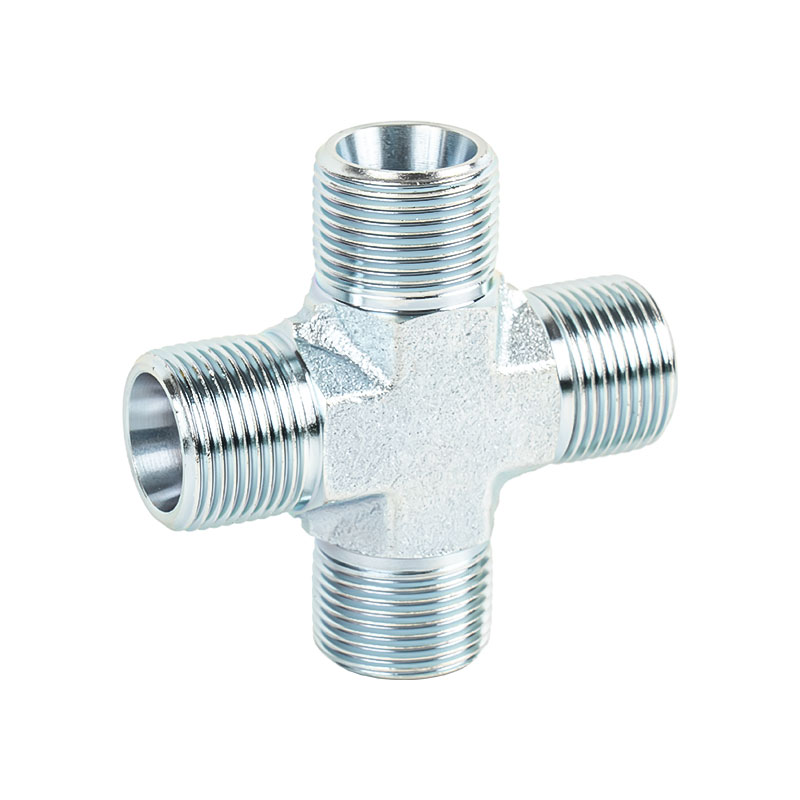Understanding the Importance of Hydraulic Hose Fittings
Hydraulic hose fittings play a vital role in ensuring the safe and efficient operation of hydraulic systems. These fittings provide secure connections between hoses, pumps, valves, and other hydraulic components. Selecting the right fitting for a specific hose is essential to maintaining proper pressure levels, preventing leaks, and ensuring reliable performance. The selection process involves consideration of size, material, type of connection, and compatibility with both the hose and the operating environment.
Evaluating Hose Specifications
Before choosing a fitting, it is necessary to evaluate the specifications of the hydraulic hose. Hoses are designed to handle certain pressure ranges, temperature conditions, and fluid types. The fitting must be compatible with these requirements to avoid safety risks or premature failure. Hose dimensions such as inside diameter, outside diameter, and reinforcement layers directly influence which fittings can be used. A mismatch between hose and fitting dimensions can cause improper sealing or hose slippage under pressure.
Identifying Fitting Types
There are different types of hydraulic hose fittings, each serving specific purposes. Common types include crimp fittings, reusable fittings, and push-lock fittings. Crimp fittings are permanently attached using crimping tools and provide reliable connections. Reusable fittings can be detached and reused, offering flexibility for maintenance. Push-lock fittings allow quick assembly without special tools, but they are suitable for low-pressure applications. Understanding the application helps in selecting the correct type of fitting.
Material Selection for Fittings
The material of a fitting influences its resistance to wear, corrosion, and compatibility with hydraulic fluids. Common materials include steel, stainless steel, brass, and composite materials. Steel fittings are widely used in heavy-duty applications due to their strength. Stainless steel fittings are preferred in corrosive environments or where hygiene is important. Brass fittings are suitable for low to medium pressure systems and provide good corrosion resistance. The choice of material must align with both environmental conditions and the type of fluid being conveyed.
Understanding Connection Standards
Hydraulic systems use different connection standards depending on regional and industry practices. Examples include SAE, DIN, ISO, BSP, and JIC standards. These standards define the dimensions, thread types, and sealing mechanisms of fittings. Selecting a fitting that complies with the appropriate standard ensures compatibility with other components and reduces the risk of connection failures. Engineers must confirm which standard applies to the specific system before choosing a fitting.
Pressure Ratings and Safety Considerations
The pressure rating of a fitting must match or exceed the maximum working pressure of the hose and system. Using a fitting with insufficient pressure capacity can lead to leaks, fitting blow-offs, or hose damage. Manufacturers provide clear specifications for the maximum operating pressure of fittings. When selecting fittings, it is advisable to include a safety margin to account for pressure spikes or surges that may occur during operation.
Temperature and Environmental Conditions
Hydraulic hose fittings must also withstand the temperature conditions of the system. Excessive heat or cold can cause material expansion, contraction, or brittleness, compromising the seal. Environmental factors such as exposure to moisture, chemicals, or abrasive elements also influence fitting performance. Stainless steel is often chosen in environments with high moisture or chemical exposure, while coated steel fittings can provide resistance to moderate corrosion.
Compatibility with Hydraulic Fluids
Hydraulic systems use various types of fluids, including mineral oils, synthetic fluids, water-based fluids, and biodegradable options. Not all fitting materials are compatible with all fluids. For example, brass may not be suitable for some synthetic fluids, while steel may require protective coatings for water-based fluids. Ensuring fluid compatibility helps extend the service life of both the hose and the fitting.
Sealing Mechanisms in Fittings
The method by which a fitting seals with the hose and mating component is crucial. Common sealing mechanisms include O-ring seals, tapered threads, compression fittings, and flare fittings. O-ring seals provide reliable sealing in high-pressure applications, while compression fittings are used where disassembly is required. Understanding the sealing method helps select a fitting that ensures leak-free performance under the system’s operating conditions.
Assembly and Installation Requirements
Proper installation is as important as selecting the right fitting. Some fittings require specialized crimping tools, while others can be assembled manually. Crimp fittings provide permanent and secure connections but must be installed using calibrated crimping machines to ensure proper compression. Incorrect assembly can lead to leaks or premature failure. Therefore, fitting selection must also consider the tools and expertise available for assembly.
Cost Considerations and Maintenance
The cost of fittings varies depending on type, material, and standard compliance. While lower-cost fittings may be appealing, they may not provide the required reliability for demanding applications. Selecting higher-quality fittings that meet the exact requirements of the hose and system can reduce long-term costs by minimizing failures and maintenance needs. Reusable fittings, while more expensive initially, may save costs in applications where hoses are frequently replaced.
Comparative Table of Hydraulic Fitting Materials
The table below highlights common materials used in hydraulic fittings and their general properties.
| Material | Strength | Corrosion Resistance | Typical Applications |
|---|---|---|---|
| Steel | High | Moderate (with coating) | Heavy-duty machinery, construction equipment |
| Stainless Steel | High | High | Marine, chemical, food industries |
| Brass | Moderate | Good | Low to medium pressure systems |
| Composite | Low to Moderate | Varies | Lightweight applications |
Comparative Table of Fitting Types and Applications
The following table compares the main types of fittings and their suitability for specific applications.
| Fitting Type | Connection Method | Pressure Range | Applications |
|---|---|---|---|
| Crimp Fittings | Permanent; requires crimping tool | High | Industrial, construction, high-pressure systems |
| Reusable Fittings | Threaded; can be detached | Medium | Maintenance-heavy applications |
| Push-Lock Fittings | Manual assembly; no tools | Low | Low-pressure and quick connections |
Industry Compliance and Certification
Hydraulic fittings must comply with industry standards to ensure safety and performance. Certifications such as ISO and SAE standards provide assurance that fittings meet pressure, material, and dimensional requirements. Selecting fittings from manufacturers that adhere to these certifications reduces the risk of system failures. Companies that prioritize certified fittings also benefit from consistent quality and traceability.
Final Considerations in Fitting Selection
Choosing the right hydraulic hose fitting involves a combination of technical evaluation, compatibility checks, and practical considerations. Engineers must assess hose specifications, operating pressure, temperature, fluid type, environmental conditions, and installation requirements. Considering material durability, sealing methods, and cost implications ensures reliable and safe performance. By following these steps, hydraulic systems maintain integrity, efficiency, and longevity across a wide range of applications.

 中文简体
中文简体